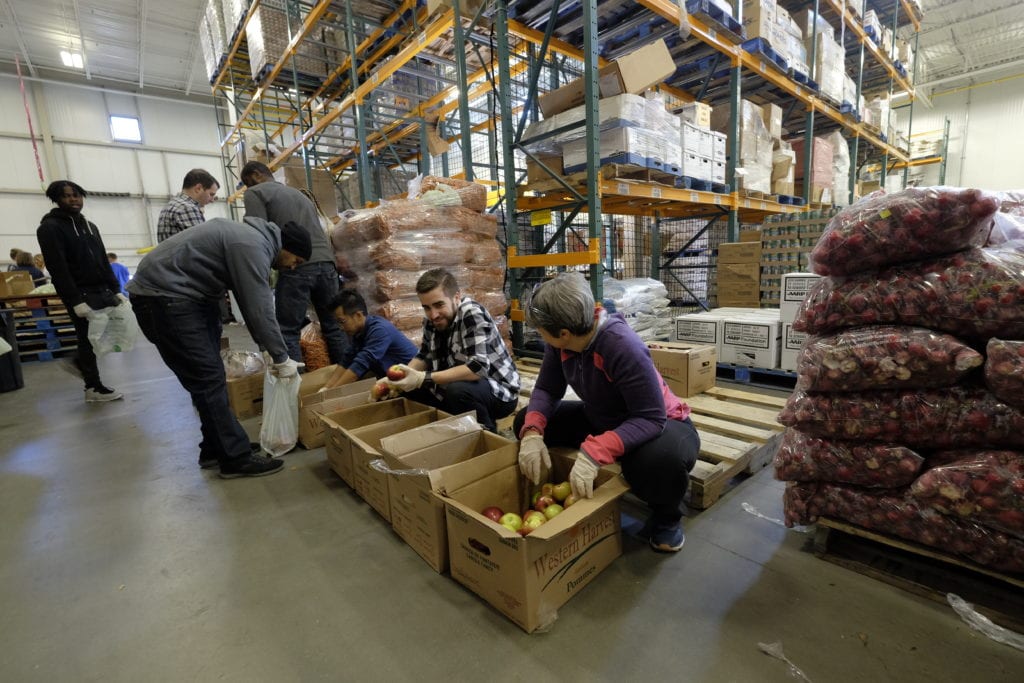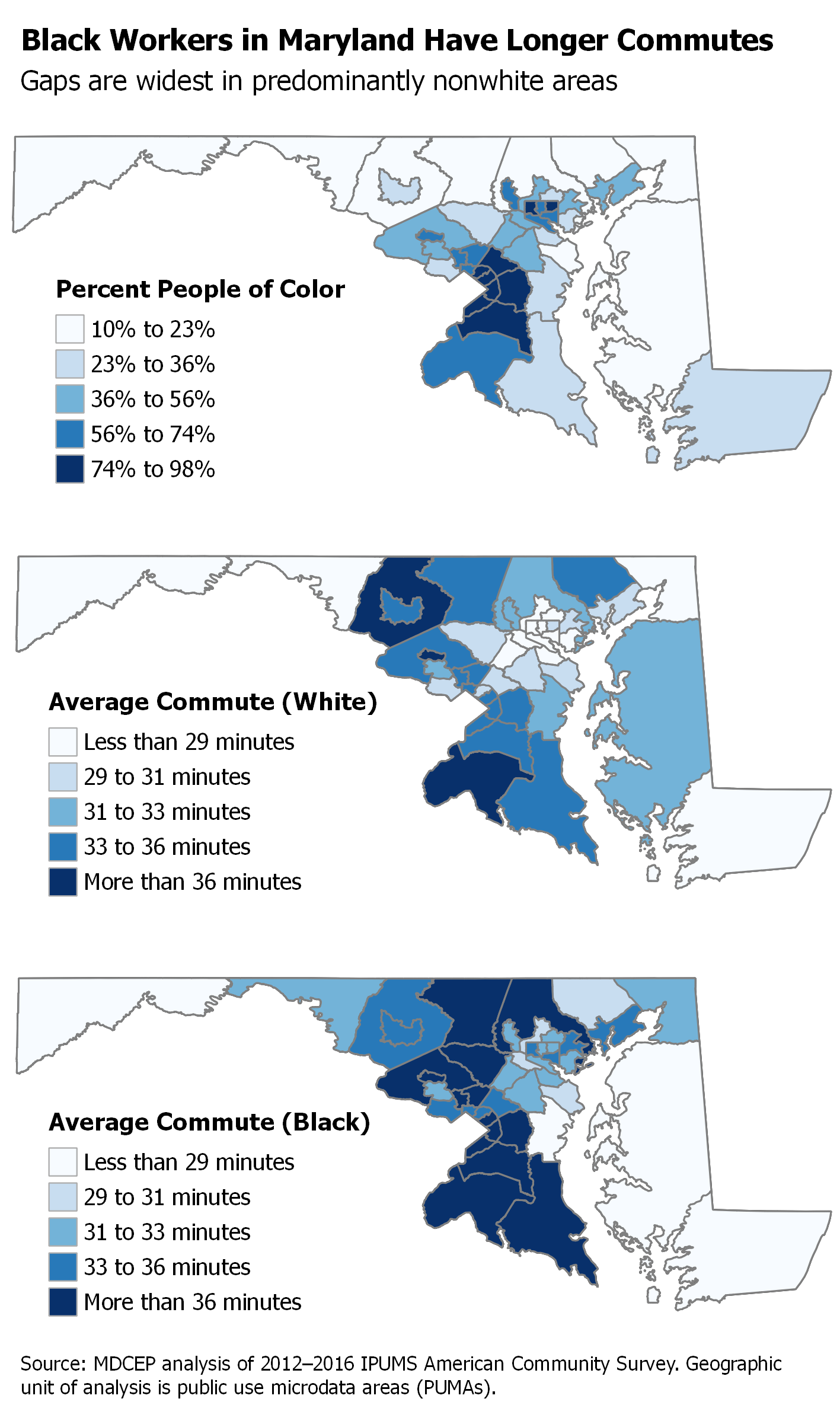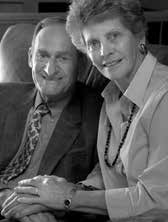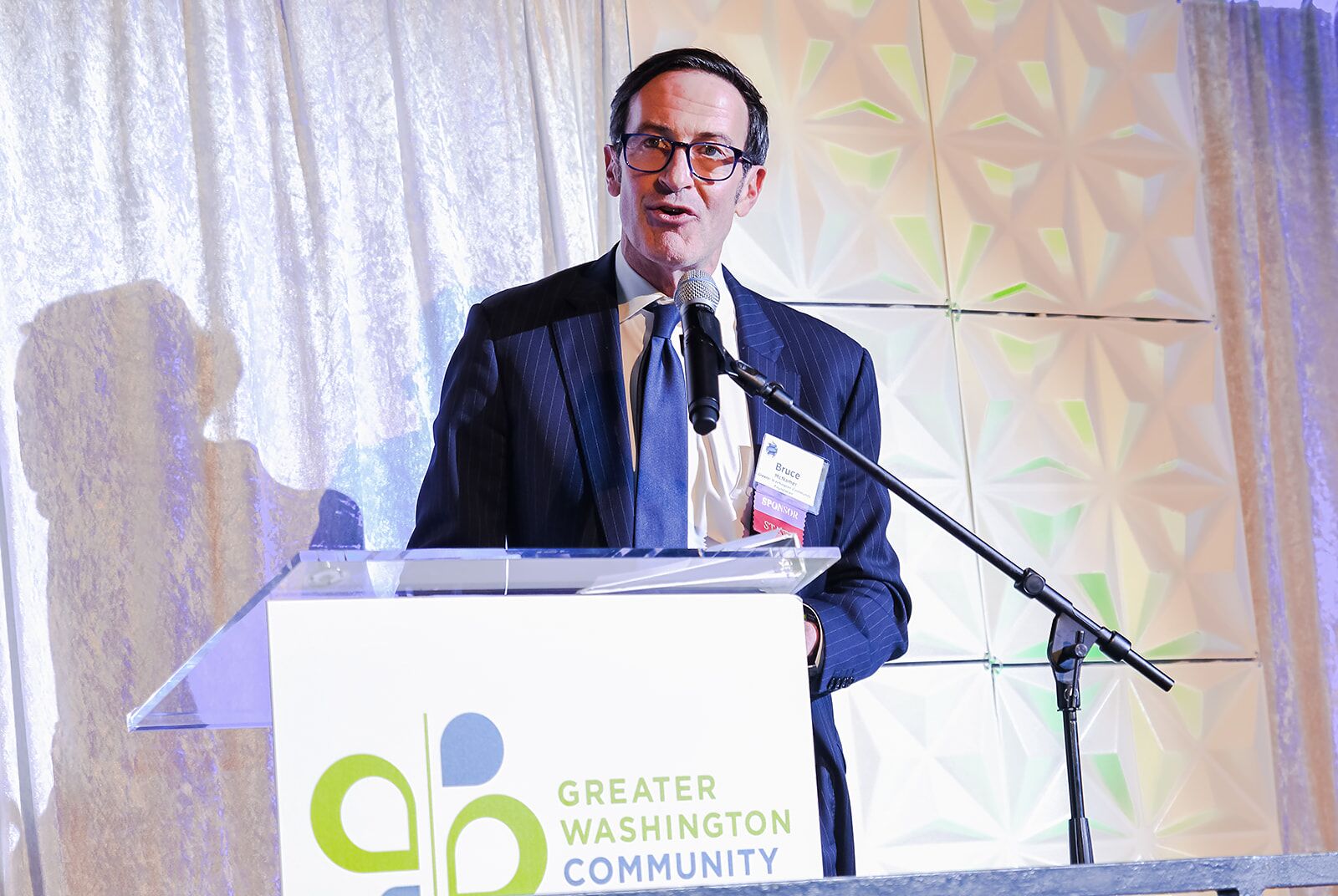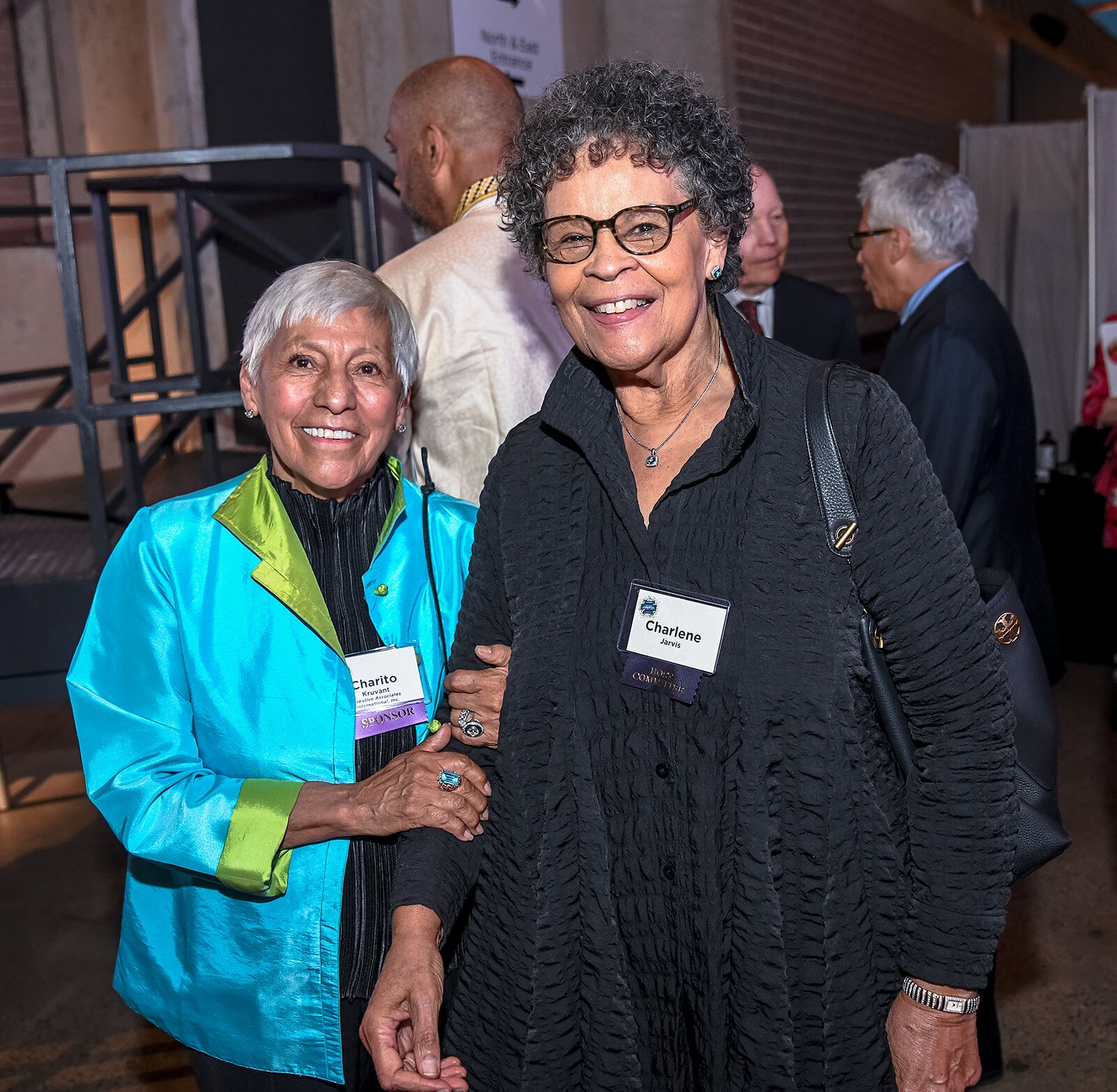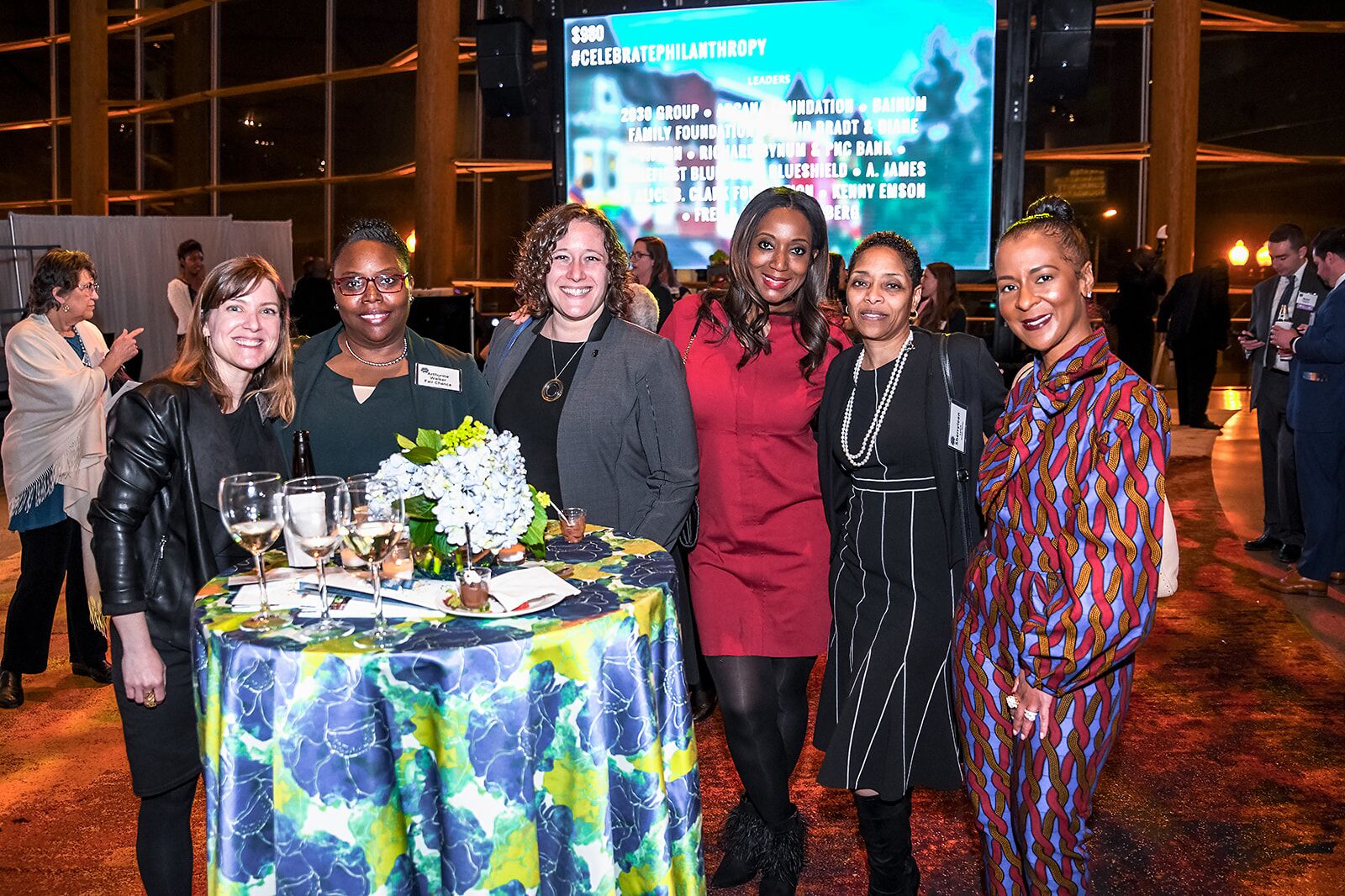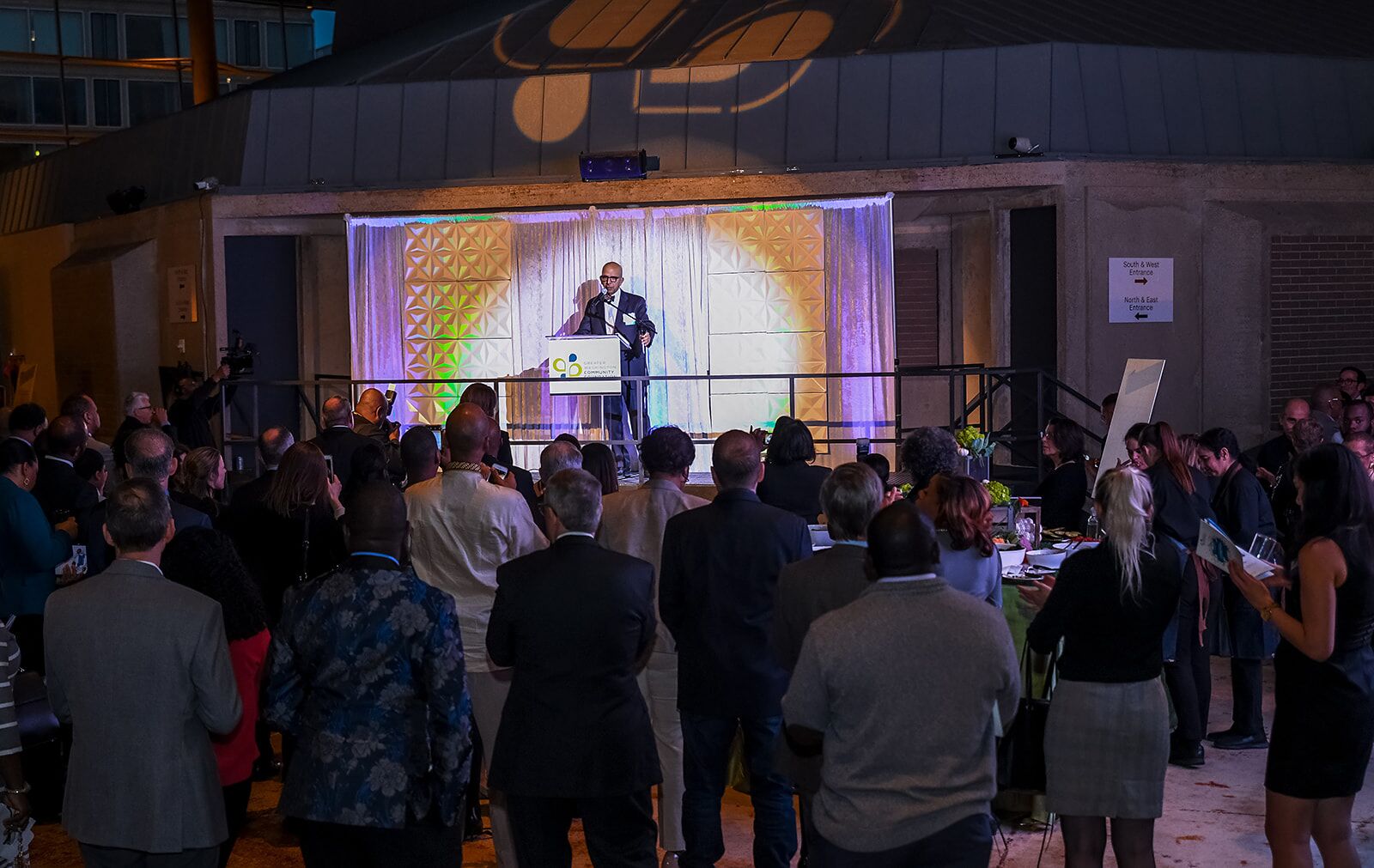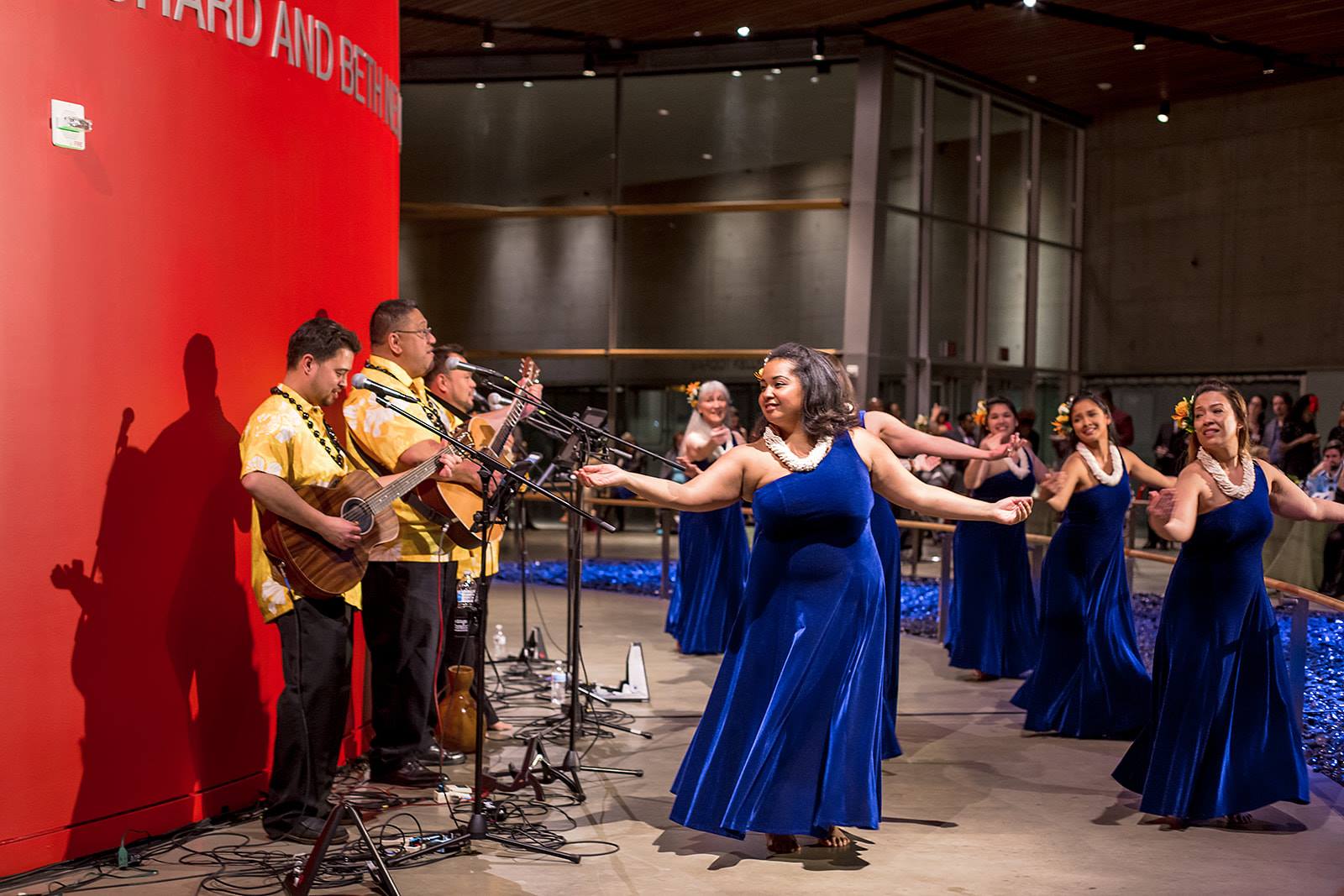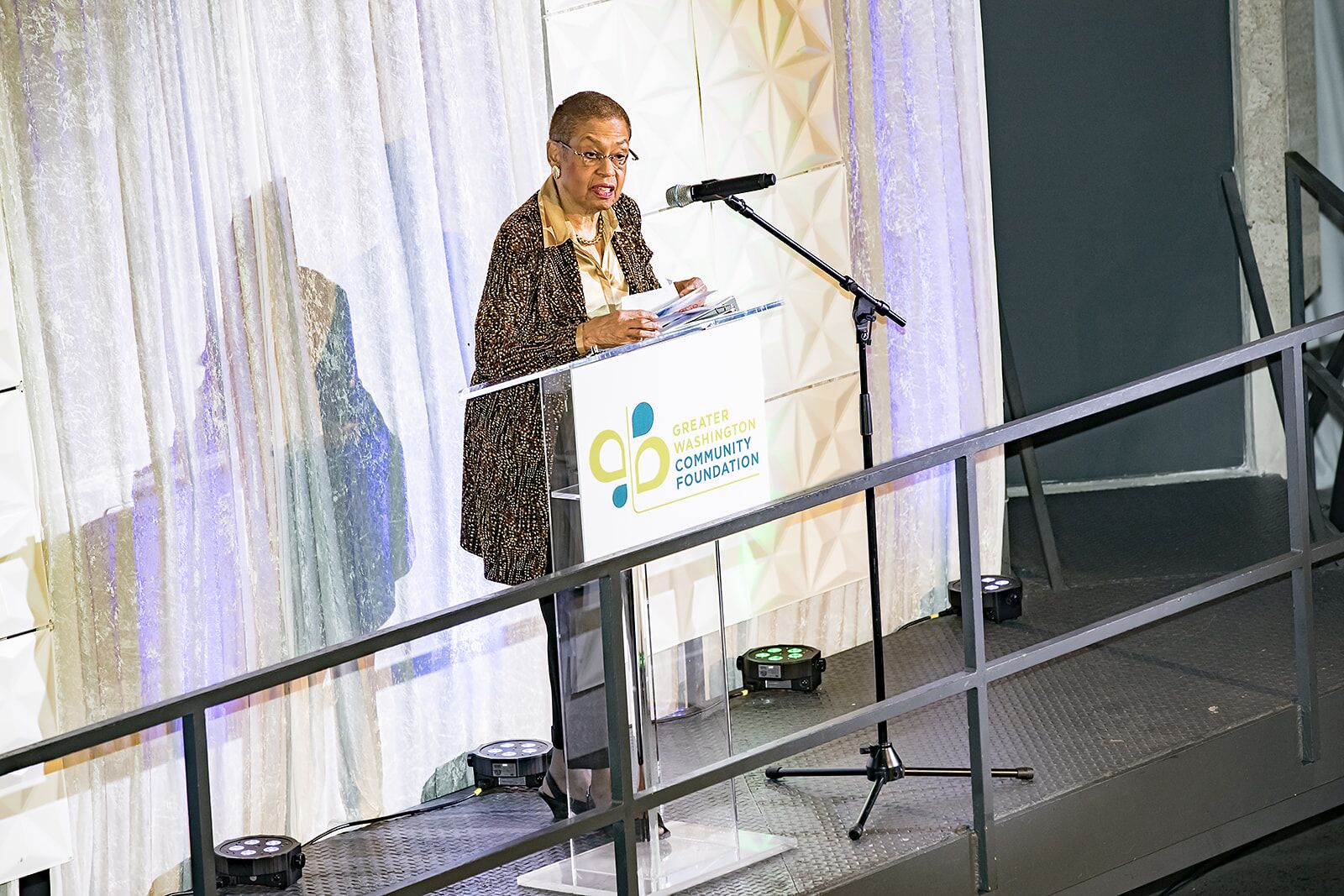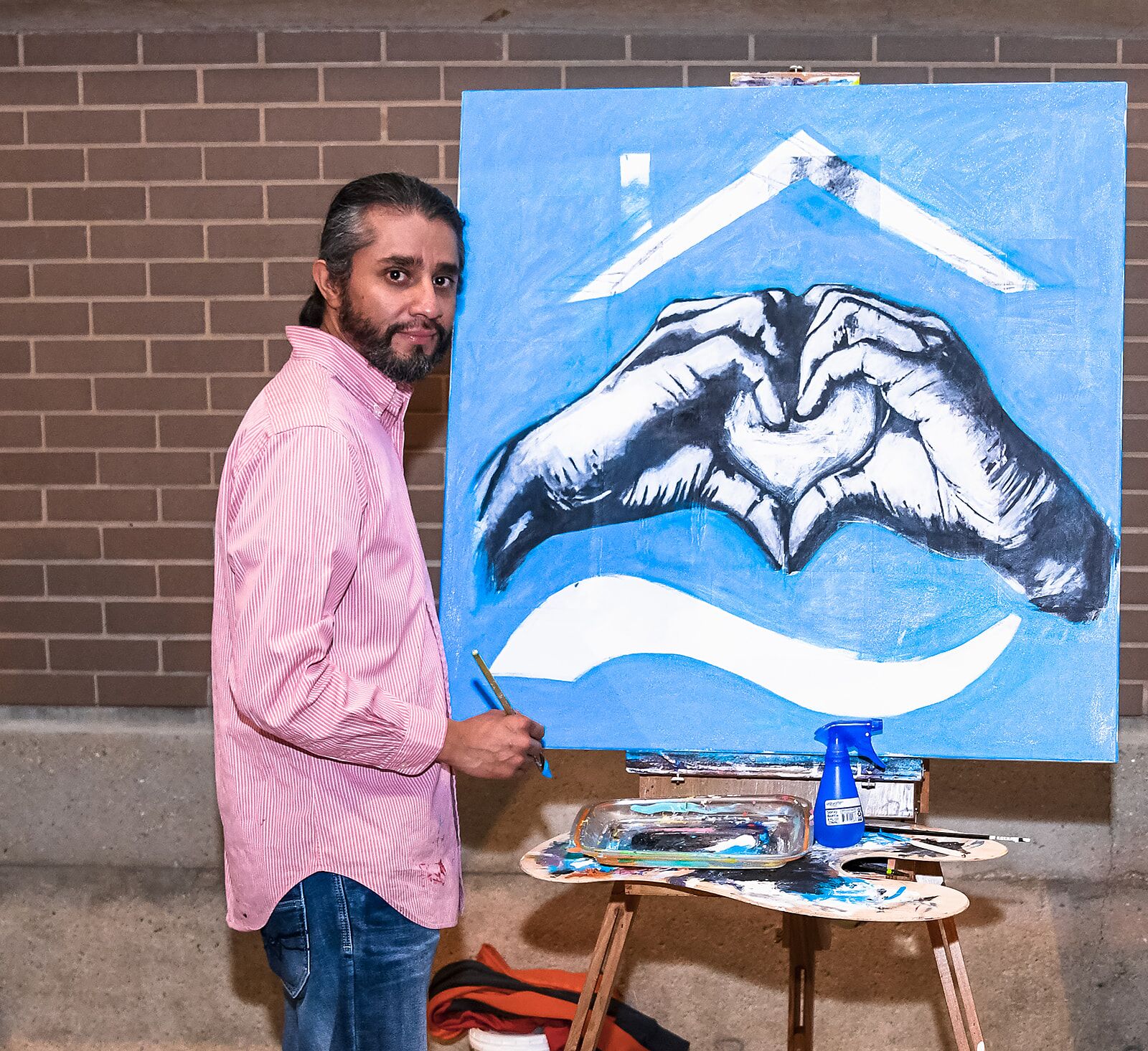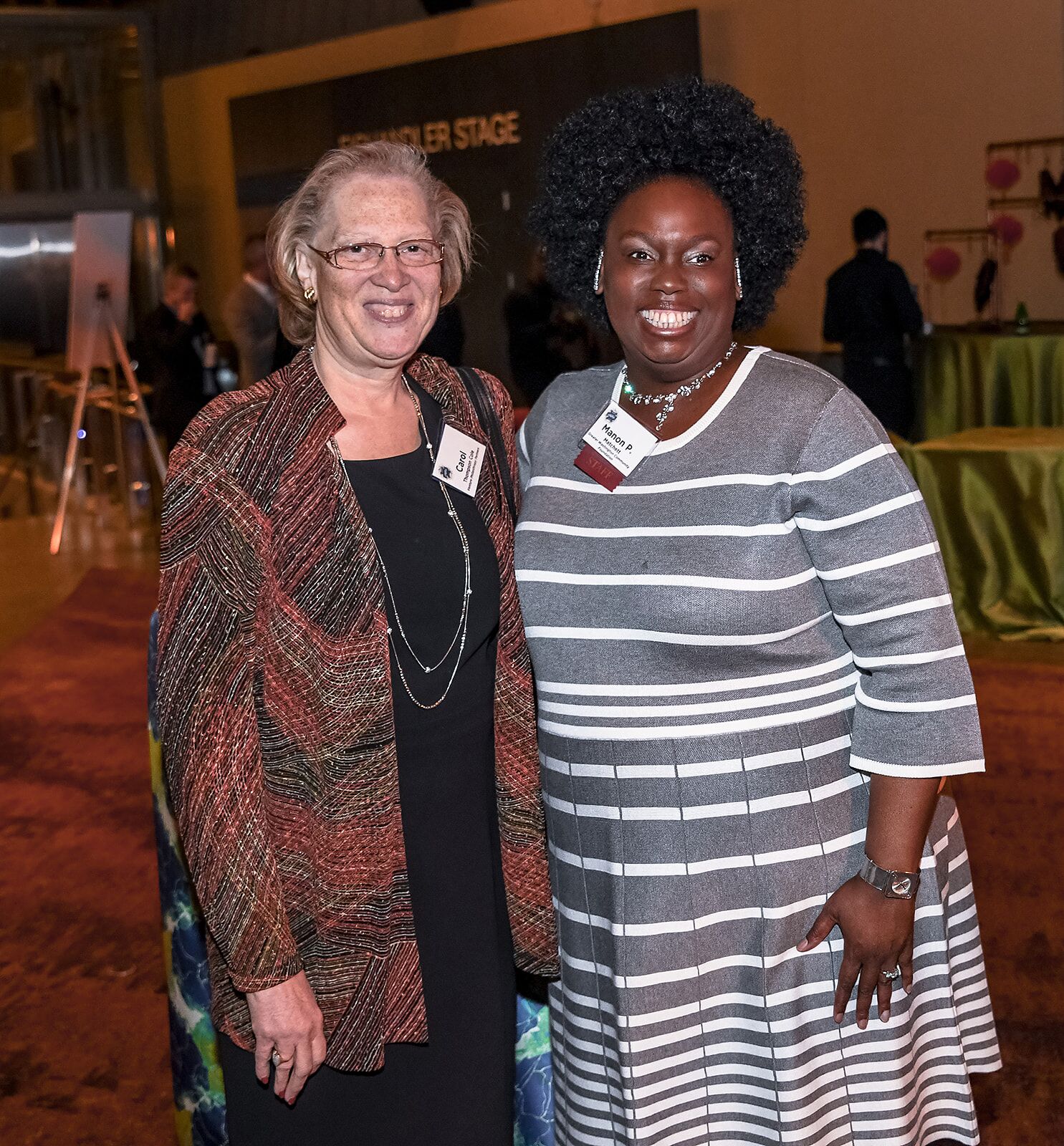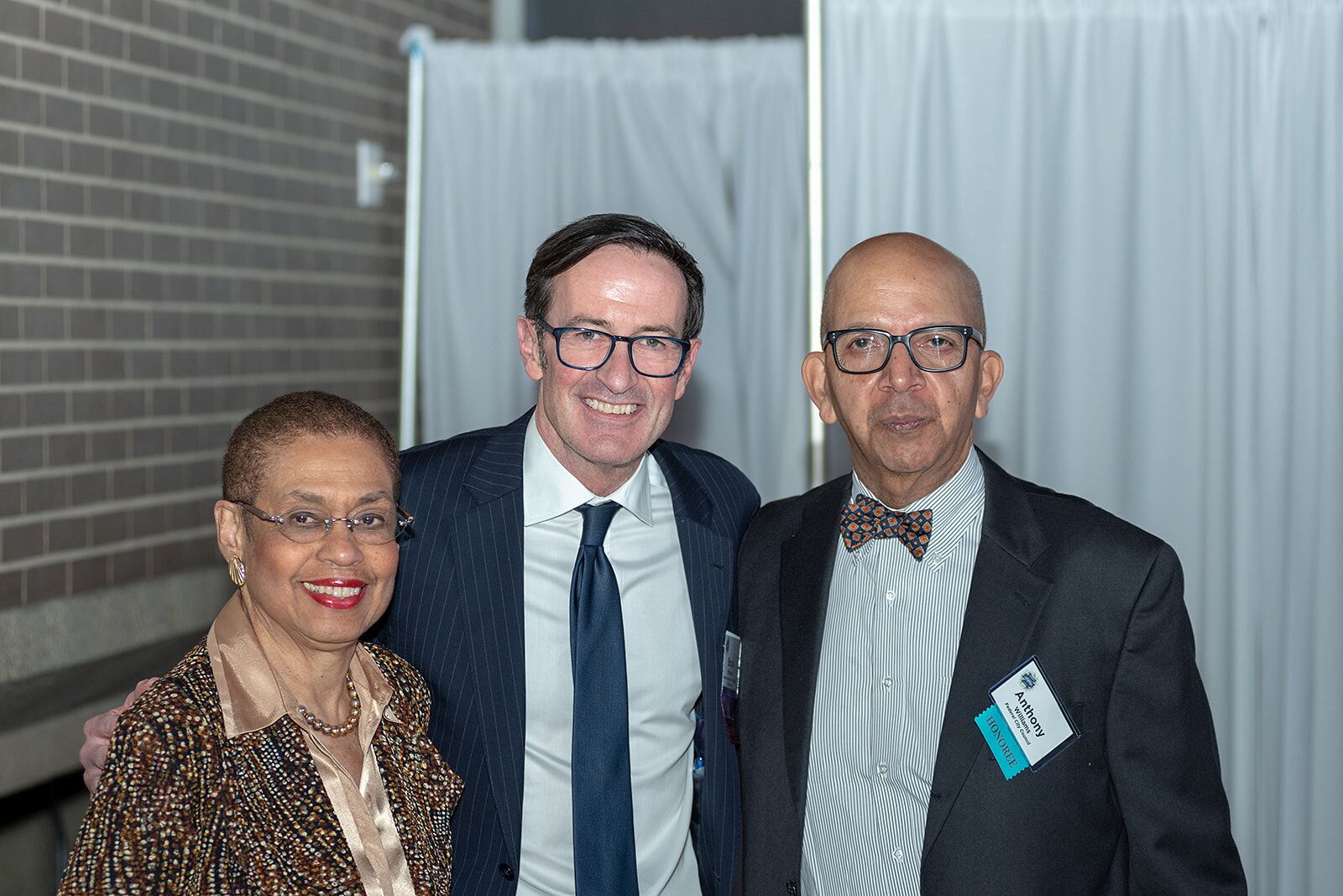"People know what their needs are. We [funders] need to listen."
These words from Terri D. Wright, Vice President of Program and Community at the Eugene and Agnes E. Meyer Foundation, kicked off our roundtable discussion about the partial federal government shutdown. Six months and two days after the end of the shutdown, which ran from December 22, 2018 to January 25, 2019, The Community Foundation, our Resilience Fund Steering Committee, and our partners at United Way of the National Capital Area convened funders, nonprofits, and experts to discuss lessons learned about what worked well and what we could have done better.
During the shutdown, our Resilience Fund, which responds to changes in federal policy and the resulting climate of intolerance and hate, disproportionately impacting local people of color and immigrant communities, mobilized community support from our neighbors. The response was inspiring.
Giving during the shutdown reflected an outpouring of philanthropic support at all levels. The Community Foundation received gifts ranging in size from $10 to $50,000, in total receiving $125,000 in individual donations and institutional commitments. We provided funding to the Capital Area Food Bank, United Communities Against Poverty in Prince George’s County, Manna Food Center in Montgomery County, the Greater DC Diaper Bank, and the Excellence in Education Foundation for Prince George’s County Public Schools and the Dine with Dignity Program of Montgomery County Public Schools Foundation.
“It's truly satisfying to hear how our neighbors and local nonprofits rose to meet community needs during the shutdown," said Resilience Fund steering committee member Elaine Reuben. "The shutdown was so hard on so many; it's good that we can shed light on some of the incredible community responses."
Our nonprofit partners shared stretched themselves more than ever before to keep up with increased demand during the shutdown. One challenge for nonprofits was how to find a way to provide services to communities they’d never reached before. Corinne Cannon, Founder and Executive Director of the Greater DC Diaper Bank, said, “People were in need but didn't want to go to food banks. People thought 'I'm not in poverty, this isn't for me’.” Despite that reluctance, the Greater DC Diaper Bank staff were able to distribute 102,000 diapers, 161,000 period products, 20,000 incontinence pads and 850+ 8oz bottles worth of baby formula.
Volunteers sort produce the Capital Area Food Bank provided to furloughed federal workers and contractors at popup markets around the region during the government shutdown. Photo provided by the Capital Area Food Bank.
Radha Muthiah, CEO of the Capital Area Food Bank, shared how the food bank relied on data about where most GS6 and GS7 employees lived. They partnered with Giant Foods and Safeway to distribute supplies in their parking lot, where these employees were already used to going to get groceries, and they relied on local media to help spread the word. In total the food bank served a total of 4,189 individuals during the shutdown. Partners for distribution sites and communication are key to make sure people know where they can receive emergency cash, food and other assistance during an emergency. During the shutdown, the Capital Area Food Bank was supported both by the Resilience Fund and by United Way of the National Capital Area.
In addition, our Resilience Fund supported Manna Food Center in Montgomery County providing food support to 748 people - 304 children and 444 adults. United Communities Against Poverty in Prince George’s County thought outside the box during the shutdown. They provided rent assistance that kept those affected from suffering eviction, in addition to meals for 109 individuals. They helped enroll recipients into peer support programs to deepen networks within the communities of those affected.
Our nonprofit partners also let us know that monetary donations at all levels are more useful than donations of goods. Physical donations take staff time to sort through, but in an emergency, staff need to prioritize distribution to the community.
Robert G. Ottenhoff, President and CEO of the Center for Disaster Philanthropy, reminded us that emergency relief plans are most effective when they are written well in advance of emergencies. Ottenhoff suggested organizing a committee that meets regularly so that communities are prepared to lead in a crisis. It can be helpful to have first responders identified in advance, as well, so that they can be funded as quickly as possible in advance of – or during! – a crisis. The Center also offers a Disaster Philanthropy Playbook that offers promising practices and innovative approaches to keep in mind in advance of disasters.
“We are so proud of the community’s response to the shutdown, and we want to learn as much as we can for this event,” says Tonia Wellons, our Vice President of Community Investment. “We are excited to continue to share our insights and new plans with the greater community at large.”
We’re partnering with United Way of the National Capital Area and Metropolitan Washington Council on Governments to continue our deeper look at how our philanthropy can be prepared in case of emergency.

